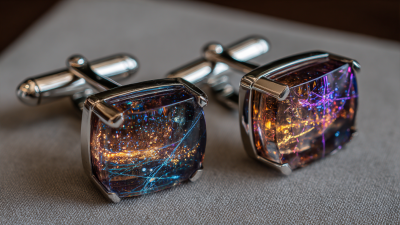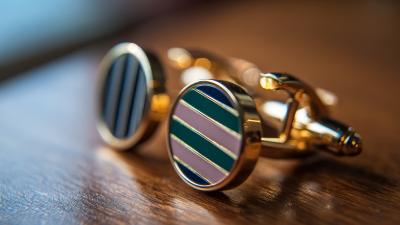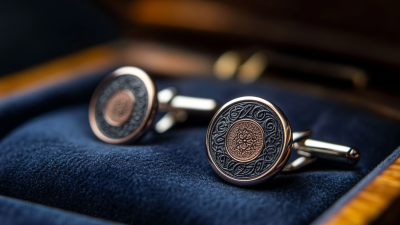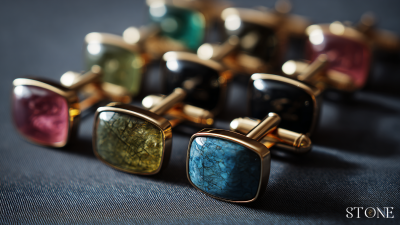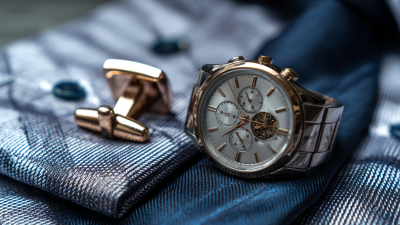Leave Your Message
In the ever-evolving fashion accessory market, the demand for cufflinks continues to rise, with projections indicating a growth rate of approximately 6% annually through 2025. As styles shift from traditional to contemporary, the role of a reliable Cufflinks Supplier becomes paramount for retailers and consumers alike. Recent industry reports highlight that 65% of men view cufflinks as essential components of formal wear, underlining the necessity for suppliers to adapt to current trends while maintaining high standards of quality and craftsmanship.
Choosing the right Cufflinks Supplier involves considering not only the range of designs offered but also the supplier's ability to meet the increasing expectations for sustainability and ethical sourcing. Market analysts suggest that environmentally conscious products are projected to account for over 30% of the accessories market in the coming years. Therefore, aligning with a supplier who shares these values can enhance brand reputation and consumer trust. As we delve into the key factors to consider when selecting the best cufflinks supplier in 2025, it becomes clear that strategic partnerships with reputable suppliers will play a crucial role in the competitive landscape of men’s fashion.
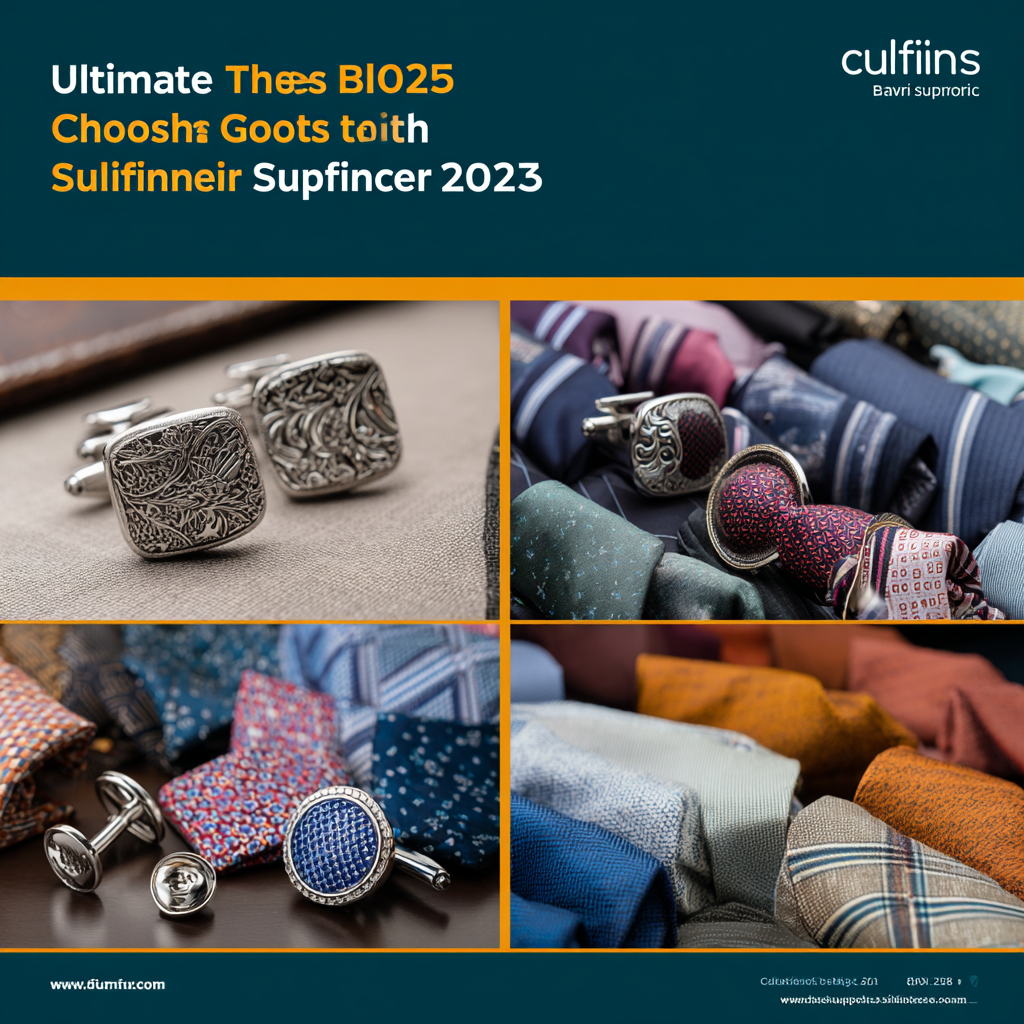
When selecting a cufflinks supplier in 2025, several critical factors must be considered to ensure you make the right choice for your needs. First, the quality of materials used in the cufflinks is paramount. According to a market report by Statista, over 55% of consumers prioritize material quality when purchasing fashion accessories. Look for suppliers who offer solid metal options, such as sterling silver or stainless steel, which not only enhance the aesthetic appeal but also ensure durability and resistance to tarnishing.
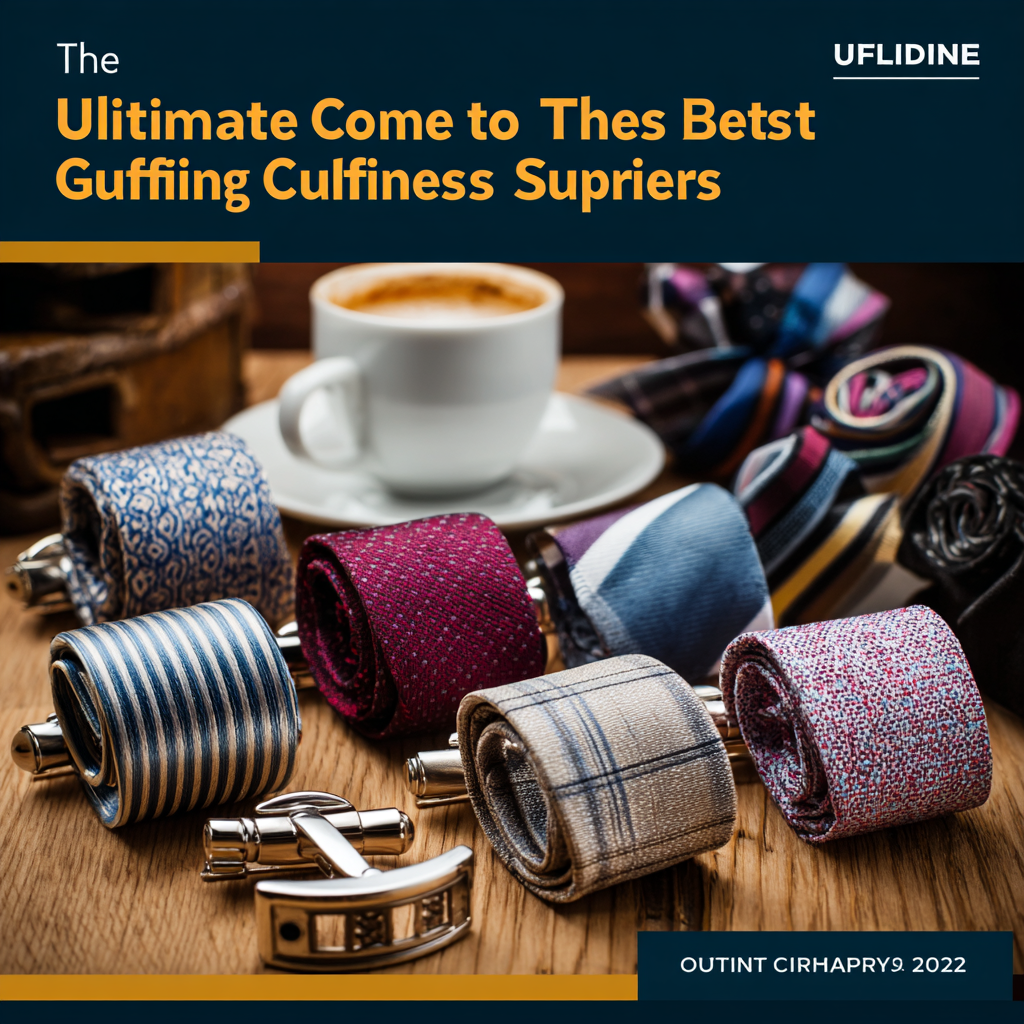
Another significant factor is the supplier's ability to meet customization requirements. In a recent survey by Grand View Research, approximately 48% of luxury clients expressed a strong preference for personalized products. This rising trend highlights the importance of finding a supplier who can offer bespoke design services, allowing you to tailor the cufflinks to your brand identity or personal style. Additionally, consider the supplier's production capabilities and lead times, especially in a fast-paced market where responsiveness can greatly affect business success. By weighing these factors, you can choose a cufflinks supplier that aligns with both quality and customization expectations for 2025.
In 2025, the cufflink market is set to embrace several key design and supply trends that are reshaping the accessories industry. According to a recent report by Research and Markets, the global cufflink market is expected to grow by 7% annually, driven by increasing demand for personalized and unique fashion pieces. As customization becomes paramount, suppliers are innovating with bespoke options, allowing consumers to design cufflinks that reflect their individual style and cater to specific occasions.
Sustainability also plays a crucial role in the upcoming year’s trends. A study by Statista highlights that 60% of consumers prefer products made from ethically sourced materials. In response, cufflink suppliers are focusing on eco-friendly materials, such as recycled metals and sustainable gems, to meet this growing consumer expectation. This shift not only aligns with ethical fashion principles but also opens new avenues for creativity in design, leading to a blend of traditional elegance and modern values in cufflink collections. As we approach 2025, those in the cufflink market must stay ahead of these trends to cater to the evolving preferences of their clientele.
When selecting a cufflink supplier, evaluating supplier reliability is crucial to ensure quality and dependability in your product offerings. Key metrics to consider include on-time delivery rates, which, according to a 2023 industry report by the Supply Chain Management Review, should ideally be above 95% to meet customer expectations. Additionally, examining the supplier's returns and defect rates is essential; a reliable cufflink provider typically maintains a defect rate of less than 2%, as indicated by studies conducted by the International Association of Apparel Manufacturers.
Another important aspect to evaluate is the supplier's financial stability, as a healthy financial profile can signal their ability to invest in quality materials and production processes. The Dun & Bradstreet Business Health Indicator shows that suppliers with a score of 75 or higher tend to experience fewer disruptions in their operations and are more likely to withstand economic downturns. Furthermore, considering customer feedback and testimonials can provide insight into a supplier's overall reliability and commitment to service quality, reinforcing their capacity to meet your cufflink needs in 2025 and beyond.
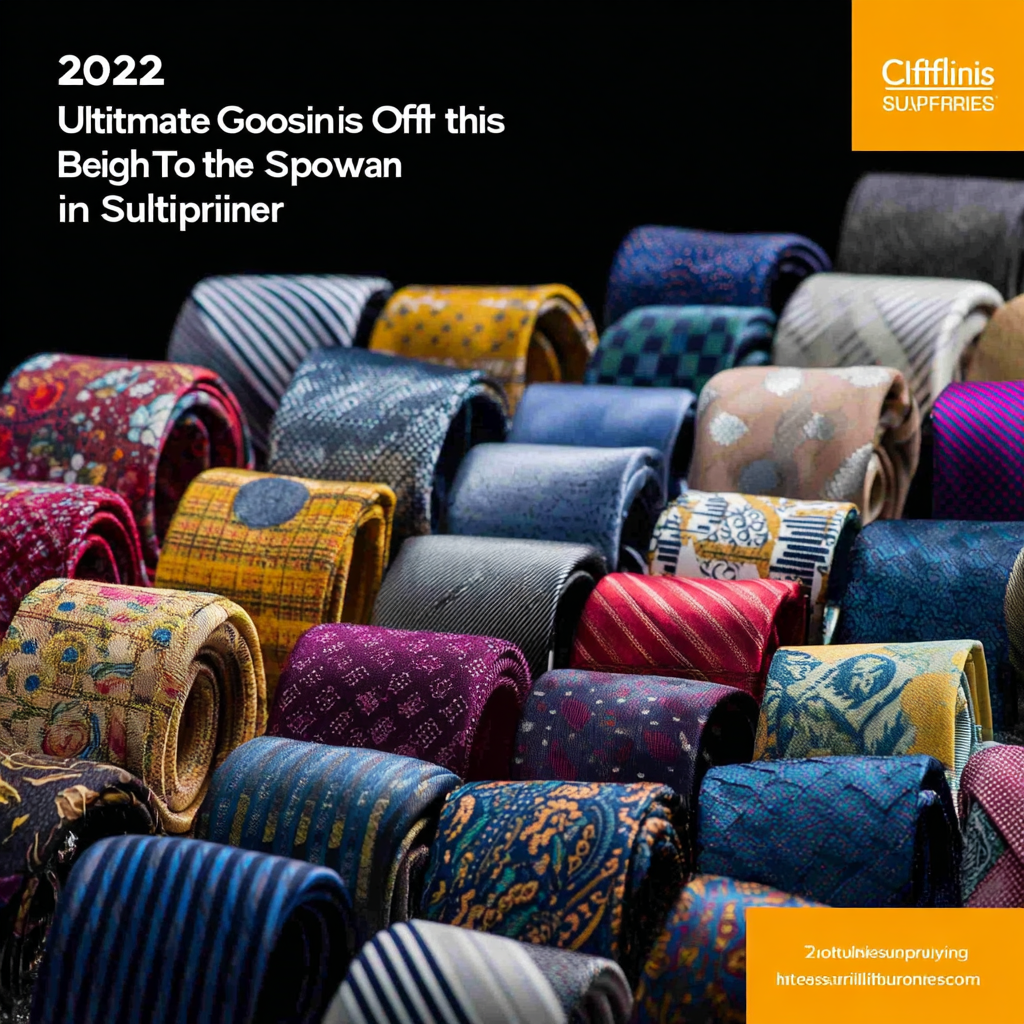 Sustainability has become a pivotal factor in choosing cufflinks suppliers in 2025. With industry reports indicating that 66% of global consumers are willing to pay more for sustainable products, the demand for environmentally responsible manufacturing processes continues to rise. Suppliers that implement green practices—such as using recycled materials or ensuring ethical labor conditions—are increasingly favored, as consumers seek to align their purchases with their values.
Sustainability has become a pivotal factor in choosing cufflinks suppliers in 2025. With industry reports indicating that 66% of global consumers are willing to pay more for sustainable products, the demand for environmentally responsible manufacturing processes continues to rise. Suppliers that implement green practices—such as using recycled materials or ensuring ethical labor conditions—are increasingly favored, as consumers seek to align their purchases with their values.
When evaluating potential suppliers, it's essential to ask about their sustainability initiatives. Are their materials sourced responsibly? Do they have certifications, like ISO 14001, which acknowledges effective environmental management systems? A commitment to transparency in sourcing and manufacturing can significantly enhance a supplier’s credibility.
Tips: Look for suppliers who actively publish sustainability reports showcasing their progress. This not only reflects transparency but also demonstrates a genuine commitment to reducing their ecological footprint. Additionally, consider brands that partner with organizations focused on reforestation or ocean clean-up, as these affiliations often indicate a proactive approach to sustainability.
When selecting cufflinks, the balance between price and quality is crucial to ensuring that buyers get the best value for their investment. According to a 2023 report from the Accessories Industry Association, high-quality cufflinks typically range from $50 to $150, depending on materials such as sterling silver, gold plating, or even bespoke designs. While cheaper options may be enticing, they often lack the durability and craftsmanship that define a quality product, leading to a poor return on investment over time.
In terms of demand, a recent survey indicated that 68% of consumers consider quality to be the most significant factor when purchasing cufflinks, even more so than price. Brands that focus on artisanal craftsmanship and sustainable materials, while positioned at a higher price point, have seen a 40% increase in customer loyalty over the past year. This trend reflects a growing appreciation for quality over mere affordability, making it essential for buyers to focus not only on immediate costs but also on the long-term value and aesthetic appeal of their cufflinks.
